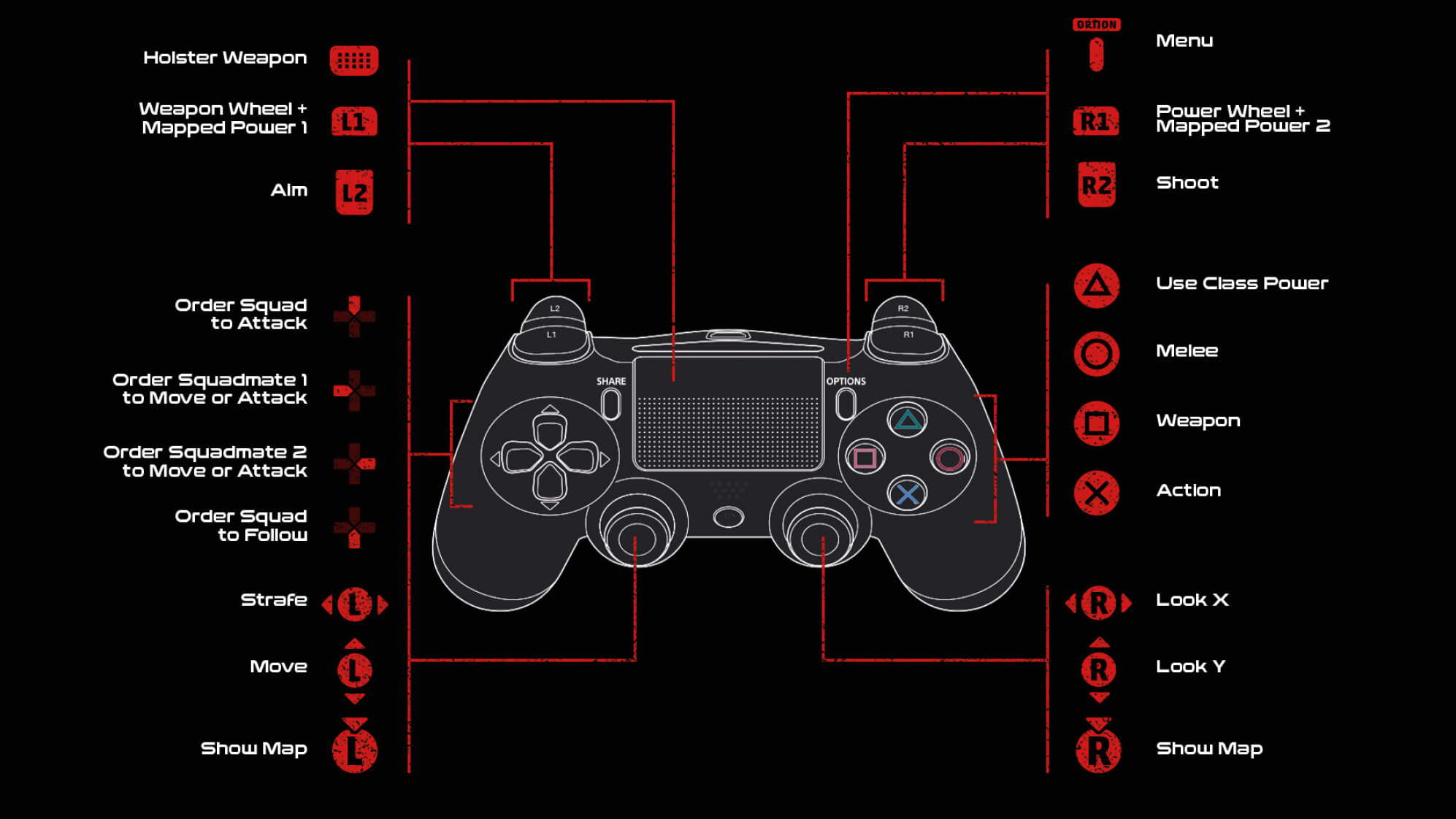

and violence and antisocial behaviour such as drug use and teenage gun/knife crime found in real life. The hypodermic syringe approach to media effects believes that a direct correlation exists between the violence and anti-social behaviour portrayed in films, on television, in computer games, in rap lyrics, etc. Some early Marxist commentators, particularly those belonging to the Frankfurt School, such as Marcuse (1964), believed that the media transmitted a mass culture which was directly injected into the hearts and minds of the population making them more vulnerable to ruling class propaganda.
Norris (1996), claims that media coverage of political issues can influence voting behaviour. Orbach (1991) and Wolf (1990) argue that there is a causal link between representation of (US) size zero models in magazines and eating disorders. Dworkin (1988) and Morgan (1980) have suggested that there is a strong relationship between the consumption of pornography and sexual crime. Gerbner (2002) sees a cause-effect relationship between screen violence and real-life violence. KEY POINT - Sociologists have argued that media content can have a direct effect upon their audiences and trigger particular social responses in terms of behaviour and attitudes. These beliefs have led to increased state control over and censorship of the media in Britain. It is argued that such media content exerts an overwhelmingly negative effect on impressionable young audiences. Influential psychologists, pressure groups, religious leaders and politicians have suggested that there is a direct causal link between violence in films, television programmes and computer games and violent real-life crime. 
Mass media effects: the relationship between screen violence and real-life violence The evidence relating to the relationship between screen violence and violence in real life After studying this section, you should be able to understand:






 0 kommentar(er)
0 kommentar(er)
